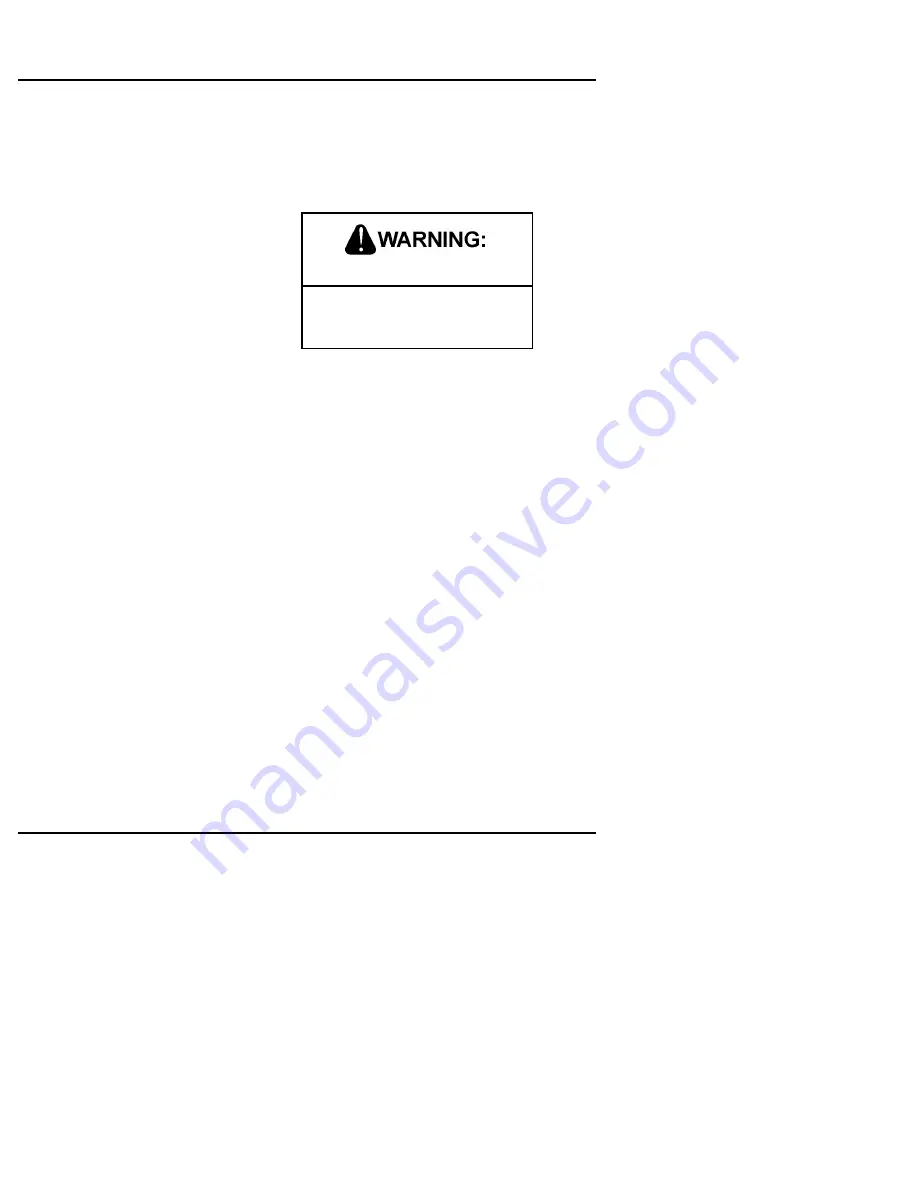
OPERATING INSTRUCTIONS FOR A FIRST TIME START
Air Starter —
Because of the limited
volume of most compressed air
storage tanks and the relatively short
duration of the cranking cycle, it is
important to make sure the engine is
ready to start before activating the air
starter. Start an engine equipped with
an air starter as follows:
1. Check the pressure in the air
storage tank. If necessary, add
air to bring the pressure up to at
least the recommended minimum
for starting.
2. With foot OFF the foot pedal,
press the starter button firmly and
hold until the engine starts.
Running the Engine
While the engine is operating, monitor
the battery charge indicator light,
the oil pressure and avoid excessive
idling.
Oil Pressure
Observe the oil pressure gage
immediately after starting the engine.
A good indicator that all moving parts
are getting lubrication is when the
oil pressure gage registers pressure
(5 psi or 35 kPa at idle speed). If
no pressure is indicated within 10
to 15 seconds, stop the engine and
check the lubrication system. The
pressure should not drop below 28 psi
or 193 kPa at 1800 rpm, and normal
operating pressure should be higher. If
oil pressure does not fall within these
guidelines, it should be checked with
a manual gage.
HOT OIL
To avoid injury from hot oil, do
not operate the engine with the
rocker cover(s) removed.
Warm-up
Run the engine at part throttle for
about five minutes to allow it to warm
up before applying a load.
Inspection
While the engine is idling, inspect the
transmission, check for fluid leaks,
check the crankcase and turbocharger.
Transmission —
While the
engine is idling, check the automatic
transmission (if equipped) for proper
oil level and add oil as required.
Fluid Leaks —
Look for coolant,
fuel or lubricating oil leaks. If any
are found, shut down the engine
immediately and have the leaks
repaired after the engine has cooled.
20
All information subject to change without notice. (Rev. 01/04)
6SE484
0401
Copyright © 2004 DETROIT DIESEL CORPORATION
















































